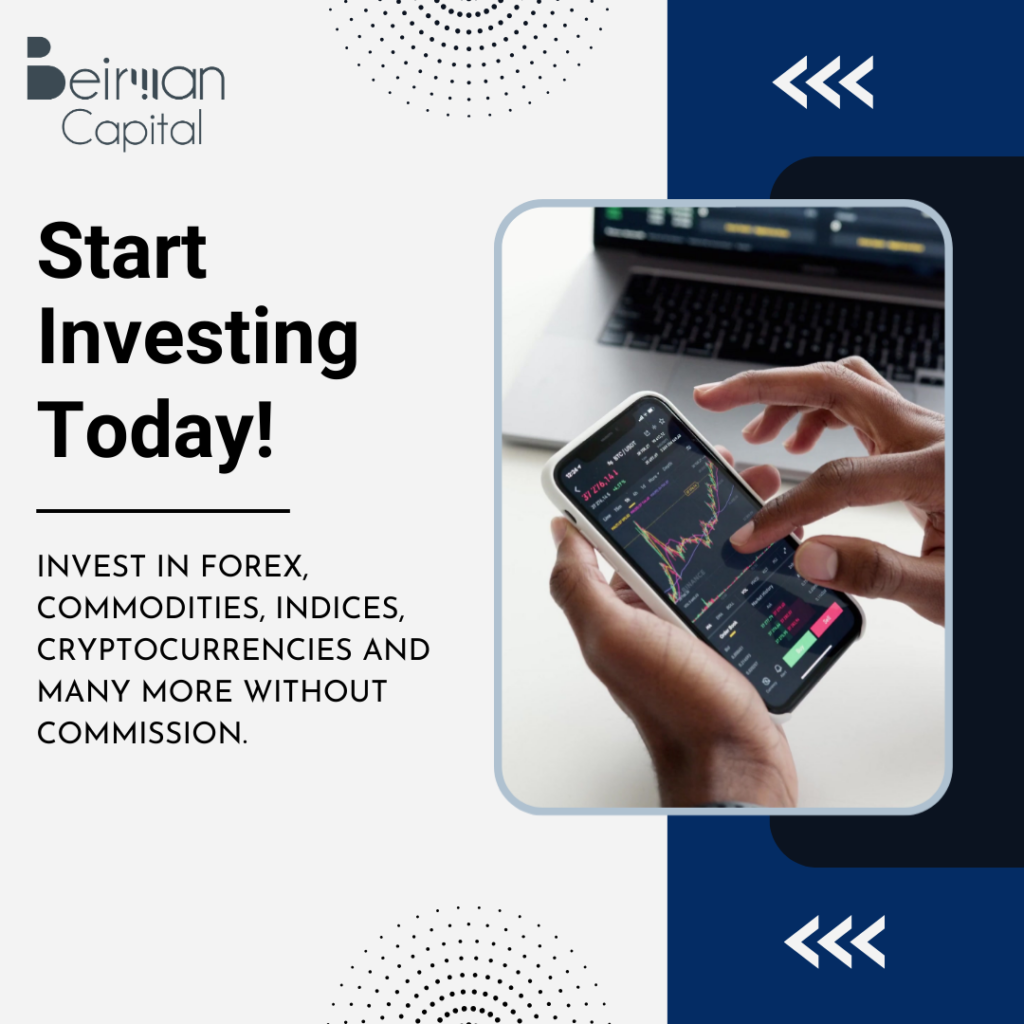What Is Spot Trading : Spot Trading Strategies & Spot Contracts
Spot trading refers to buying and selling assets on the spot at the current price. Discover how to start it and find out whether it is good for you.
Table of Contents
The ultimate motive to start trading is to earn a profit. Traders can choose different ways to achieve profitability. Spot trading is one such way to buy or sell financial assets in the spot market.
Traders can earn a significant amount of money through spot trades across multiple assets, including spot forex, spot stocks, cryptocurrencies, and more. Being a reputable trading platform, Beirman Capital suggests that you first learn what is spot trading and then dive into this dynamic marketplace.
In this blog, you will find spot trading explained with real-world examples, spot trading strategies, and a detailed breakdown of spot contracts, pros, and cons.
What is Spot Trading?
Spot trading, also known as spot-trading, involves the buying and selling of assets on the spot at the current market price for instant delivery. This is commonly executed via centralized exchanges or the over-the-counter (OTC) market.
You can trade spot on assets like forex currencies (such as FX spot trade), indices, stocks, and cryptocurrencies. The primary feature of a spot trade FX or spot foreign exchange trading is the immediate settlement and ownership of the asset, usually through a spot wallet.
The spot market continues to grow and is one of the most liquid markets in the world, with a daily trading volume exceeding $7.55 trillion. With spot currency trading, spot crypto, and other asset classes available, traders from across the globe utilize spot trading forex strategies to benefit from spot pricing.
Spot Trading Example
Suppose you believe that the USD will rise against the CAD. The spot price for the USD/CAD pair is $1.38. You buy 10,000 USD against 13,800 CAD.
As a spot trader, you instantly receive 10,000 USD in your spot wallet. When the spot currency exchange rate becomes favorable, you sell the asset and book your profit.
This transaction is known as a foreign exchange spot transaction or spot FX trade.
How to Start Spot Trading
1. Learn about the Spot Market
The spot market is highly volatile and dynamic. Before initiating trades, you must understand spot contracts, spot exchanges, and spot transaction methods.
You should also learn about common trading principles like risk management, trading psychology, spot prices meaning, and analysis tools. Knowing what is a spot trade, what is spot FX, and how spot on value is determined is essential.
2. Choose Your Spot Trading Asset
Once you’ve studied what is a spot exchange and other spot trading meanings, select an asset class to trade. For example, if you opt to trade spot crypto, learn about spot crypto trading, spot crypto meaning, and the overall spot finance ecosystem.
Your decision will depend on capital, risk appetite, expected return, and spot time horizon.
3. Open a Trading Account
To access the spot marketplace, you need a reliable broker. Look for one that offers a solid spot account, minimal fees, great user interface, and excellent customer support.
Beirman Capital, for instance, offers spot contracts via CFDs, educational resources, and comprehensive features for crypto spot trading, spot forex trading, and more.
4. Build a Strategy
Successful spot trading strategies answer the when, what, where, and how of trading. Choose whether you’ll use spot algorithmic trading software, go manual, or follow a hybrid model.
Whether you’re involved in spot market trading, spot foreign exchange, or spot stocks, planning your spot buying and selling approach is crucial.
5. Identify Opportunities
Analyze the market with tools like indicators, price charts, and economic calendars. Combine technical and fundamental analysis to spot entry and exit points in your spot position.
Watch news events that impact spot currency, spot FX, or spot commodity prices. This helps you understand what is gold spot trading, define spot market trends, and make better decisions.
6. Open Long or Short Position
Once you identify the opportunity, execute the trade. If you expect prices to go up, initiate a buy spot trade. If the price is expected to drop, consider a sell.
Monitor your trades, manage risks, and adjust your strategy. A successful spot transaction depends on discipline and timing.
Benefits of Spot Trading
- Trade across diverse asset classes: Spot forex, spot crypto, spot stocks, spot market commodities.
- Greater flexibility than futures trading.
- Access to spot algorithmic trading software—both free and paid.
- Instant delivery into your spot wallet or spot account.
Limitations of Spot Trading
- You often need to take physical ownership of assets.
- In high-volatility conditions, spot trading carries notable risk.
- Understanding what is a spot wallet, spot funding, and spot contracting is vital for long-term success.

Wrapping Up
Spot trading is one of the most straightforward yet powerful ways to earn in the financial market. It enables instant asset exchange, round-the-clock trading, and flexible execution.
Despite some limitations, with the right strategy, proper knowledge, and a solid understanding of spot market meaning, spot pricing meaning, and what does spot mean in crypto, you can benefit tremendously.
Beirman Capital empowers you with the tools and knowledge to excel in forex spot, spot crypto, and spot exchange environments.
FAQs
- What is spot buying?
Spot buying means purchasing an asset at the current market price for immediate delivery. - Is Spot Trading Halal or Haram?
Spot trading is halal in Islam if conducted under Islamic Shariah laws and without interest. - What is an example of a spot transaction?
Buying USD/CAD at $1.38 and receiving instant USD delivery into your spot wallet. - How does spot trading work?
Buy or sell assets at the current market rate via a broker and receive immediate settlement. - How profitable is spot trading?
Profitability depends on your asset, strategy, capital, and understanding of what is spot FX or spot crypto. - What is the difference between spot trading and swing trading?
Spot trading involves instant settlement at current prices, while swing trading focuses on holding for a few days to weeks based on price swings.
Get Complete Forex Trading Assistance



